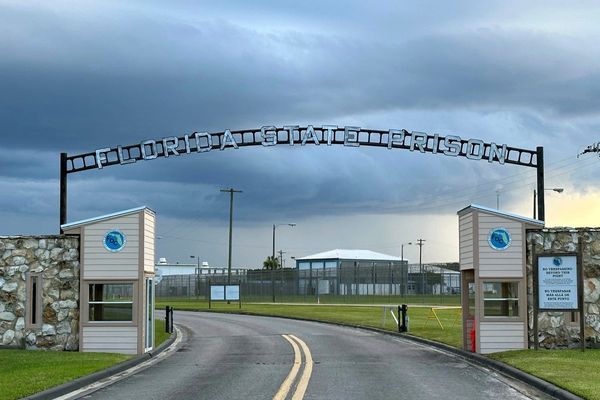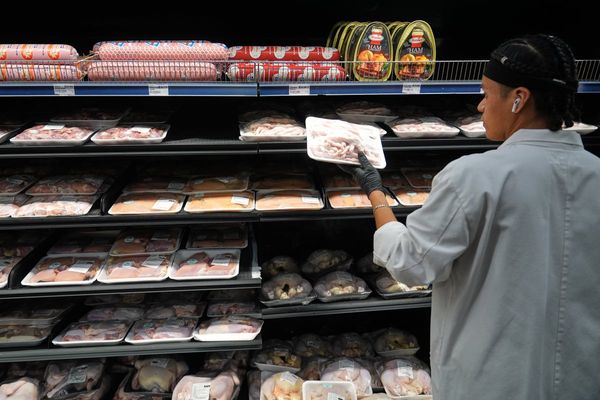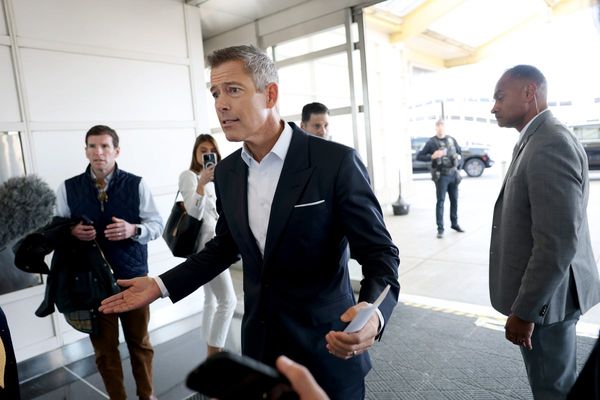
Turbulence has always been an inconvenience for airline passengers and can cause alarm for the already nervous. Part of the problem is that most of the time you cannot see it coming – pilots can run into severe clear-air turbulence in a perfect blue sky.
High in the atmosphere, where most intercontinental flights cruise to make maximum use of fuel, the jet stream can behave erratically, causing wind shear that can throw around an airliner in the sky.
A second cause of rattling coffee cups and falling luggage can be waves of air created by strong winds crossing mountaintops, such as the Rockies in North America or those in Greenland, sometimes hundreds of miles downstream. This is called mountain-wave turbulence.
The third type, which is just as dangerous but can at least in part be foreseen from the cockpit, is caused by the towering cumulus clouds that often bring thunderstorms. The air inside these clouds can move up and down at alarming speed, pushing an airliner off its smooth path.
The problem for the aviation industry is that the climate crisis is making all three types worse – the jet stream is more volatile and the atmosphere increasingly unstable. The Met Office is trying to predict danger areas for airlines. Meanwhile, it’s best to stay belted up.







